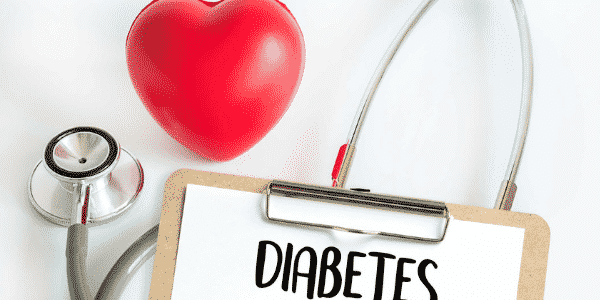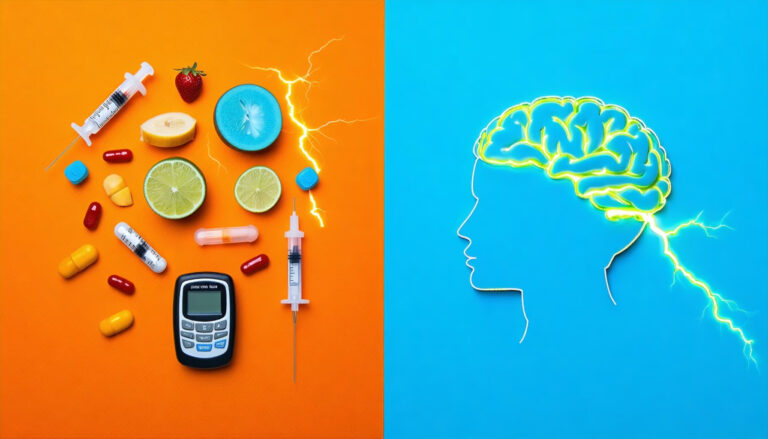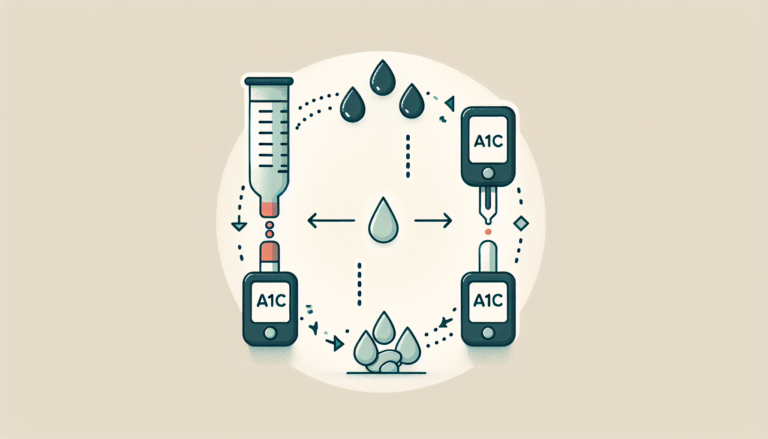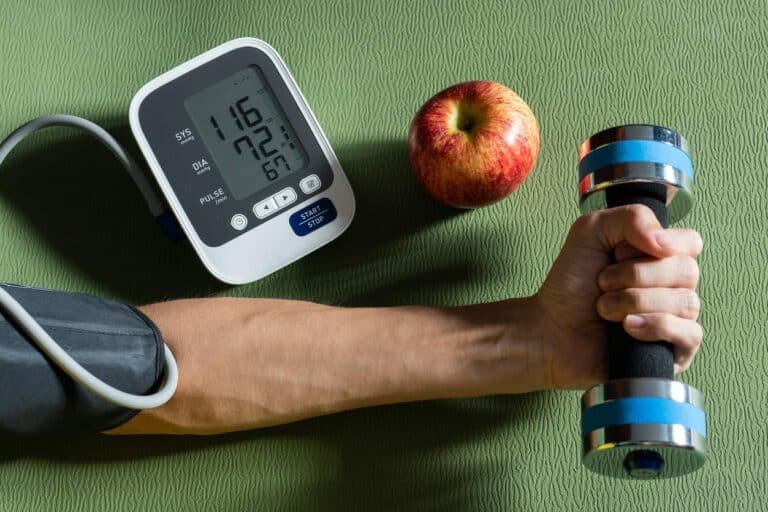Type 2 Diabetes – Understand Your Risks – Complications
Type 2 diabetes, particularly in the early stages when you feel good, can be easy to ignore. But several major organs, including your heart, nerves, blood vessels, eyes and kidneys, are affected by diabetes. Best diabetes treatment hospitals will help avoid these problems by regulating blood sugar levels. While long-term diabetes complications gradually evolve, they can potentially be debilitating or even life-threatening. It was almost unheard of for young kids or teenagers to get type 2 diabetes not long ago.
There is a spike in children with type 2 diabetes today, some as young as 10 years of age. Share on XParents have the ability to make lifestyle improvements that offer the best opportunity for children to stop type 2 diabetes. And it’s easier to make healthier habits that last when the whole family makes improvements together. Read on to find out more about type 2 diabetes.
What is Type 2 Diabetes?
It’s the most prevalent type of diabetes. Type 2 suggests that insulin is not sufficiently used by the body. And while some individuals with healthy eating and exercise may regulate their blood sugar levels, others will require medicine or insulin to handle it. And diabetes type 2 is serious. We can’t do anything to cure Type 1 diabetes. But there are cases that avoid or postpone type 2 diabetes by keeping a healthy weight, eating well, and becoming active. Insulin is a pancreas-made hormone that serves as a gateway to allowing blood sugar to be used as energy in the cells in your body.
Cells do not usually respond to insulin if you have type 2 diabetes; this is called insulin resistance. Share on XTo try to get cells to respond, your pancreas releases more insulin. Your pancreas finally can’t keep up, and the blood sugar increases, setting the stage for type 2 diabetes and prediabetes. Diabetes develops at a younger age in Indians, at least a decade or two sooner than in the Western world.
Risk Factors
About 90% of people with diabetes are diagnosed with #t2d . It can come on slowly, usually in patients over 40 years of age. The symptoms may not be apparent, or there may be no signs at all, but it may be up to 10 years before you find out you have it, the risk rises with age. If you are overweight and over 40 or over 25, you are more at risk if you have already had high blood pressure.
If you are carrying extra weight, particularly if this weight is around the middle, you are more at risk of type 2 diabetes. Share on XSmoking is associated with a greater risk of type 2 diabetes and also raises the risk of other health problems such as heart disease and cancer. If you have gestational diabetes, as you have an increased risk of developing type 2 diabetes, it is vital to have your blood glucose levels checked regularly. For type 2 diabetes, being overweight is a significant t2d risk factor.
Symptoms
Symptoms of type 2 diabetes frequently evolve over many years and can go on without being recognized for a long time (sometimes there are no apparent symptoms at all). It’s important to know the risk factors, and to see your doctor. However, have your blood sugar checked if you have any of following symptoms, signs can be hard to notice.
- Urinate (pee) a lot, more at night
- Unusually thirsty
- Lose weight suddenly
- Increased hunger
- Blurry vision
- Numb or tingling hands or feet
- Low energy
- Dry skin
- Healing slowly
- Increased infections
Diabetes Testing
To find out for sure whether you have prediabetes, or type 1, type 2, or gestational diabetes, you will need to have your blood sugar checked. Testing is easy, and outcomes are typically easily available at the best diabetes treatment hospitals.
A1C Test
Over the past 2 to 3 months, the A1C test calculates average blood sugar levels. An A1C below 5.7% is natural, 5.7 to 6.4% indicates that you have prediabetes, and 6.5% or higher indicates that you have diabetes.
Fasting Blood Sugar Test
After an overnight fast (not eating), this tests the blood sugar. It is common to have a fasting blood sugar level of 99 mg/dL or lower, 100 to 125 mg/dL indicates that you have prediabetes, and 126 mg/dL or higher indicates that you have diabetes.
Glucose Tolerance Test
A glucose tolerance test, tests the blood sugar before and after consuming a glucose-containing liquid. In order to assess your fasting blood sugar level, you will fast overnight before the test and have your blood drawn. You will then drink the fluid and have the blood sugar level tested for 1 hour, 2 hours, and maybe 3 hours after that. A 140 mg/dL or lower blood sugar level is considered normal at 2 hours, 140 to 199 mg/dL suggests that you have prediabetes, and 200 mg/dL or higher indicates that you have diabetes.
Prevention Tips
With proven, realistic lifestyle improvements, such as losing a small amount of weight and being more physically active even if you’re at high risk, you can avoid or postpone type 2 diabetes. Most individuals have prediabetes until they develop type 2 diabetes, therefore, prevention tips are always beneficial. The risk of type 2 diabetes, especially after the age of 45, increases as you get older. This is possible because as they age, individuals appear to exercise less, lose muscle mass, and gain weight. But among teenagers, adolescents, and younger adults, type 2 diabetes is also rising dramatically.
Diet Plan
Your diet schedule is a valuable tool when you’re treating diabetes and prediabetes. However it may feel like a chore to find out what to eat, right? Well, while there are simple things you can do to add spice to your everyday routine, like nutritious twists on your favourite foods. One secret to feeling your best lies in the food you consume. To develop an eating plan that works for you, you can start by consulting with a registered nutritionist (RDN/RD) dietitian. Make sure that the things you want are included in it and don’t be afraid to try anything different. Most importantly, note that eating well and adding exercise to your everyday routine by moving around are effective ways to control diabetes. ⠀
Limit Carbs
Eating plays an important part when it comes to controlling diabetes, sugars, or carbs. They influence your blood sugar, so bear in mind that balance is important! In fruit, there are three primary sources of carbohydrates: starches, sugar, and fiber. The word “complete carbohydrate” applies to all three of these types, as you can see on the nutrition labels for the products you purchase. The aim is to select carbohydrates that are nutrient-dense when it comes to buying foods with carbs, which implies that they are high in fiber, vitamins, and minerals, and low in added sugars, sodium, and unhealthy fats. Visit the best diabetes treatment center, Coimbatore for more details.
Watch your Weight
People who are overweight are more likely to have insulin resistance, children included, especially if they have excess belly fat. There are typically no signs of insulin resistance, although some children develop thickened, black, velvety skin patches called acanthosis nigricans, usually in body creases and folds such as the back of the neck or armpits. Other insulin resistance disorders can also be associated with them including high blood pressure, high cholesterol, polycystic ovary syndrome.
Insulin Treatments
Insulin is a hormone located behind and below the stomach (pancreas) that comes from the gland. Share on X
- Through the bloodstream, the pancreas secretes insulin.
- Insulin circulates, making it possible for sugar to enter the cells.
- The amount of sugar in your bloodstream is reduced by insulin.
- As the amount of your blood sugar decreases, so does insulin release from your pancreas.
Complications
The risk of heart failure, stroke, high blood pressure, and narrowing of blood vessels (atherosclerosis) is significantly increased by diabetes. Excess sugar can cause tingling, numbness, burning, or pain that typically starts at the tips of the toes or fingers and spreads upwards gradually. Eventually, the affected limbs can lose all sense of the sensation. Damage to the nerves that regulate digestion may cause nausea, vomiting, diarrhea, or constipation problems. Erectile dysfunction by diabetes or (ED) can be a concern for males, and can be identified as a physical cause. Prevention strategies, treatment options and more can help erectile disfunction. Diabetes can also lead to kidney failure, which may entail dialysis or a kidney transplant, or permanent end-stage kidney disease.
Diabetes raises the risk of severe eye disorders, such as cataracts which cause glaucoma, and may result in damage to the retina's blood vessels, eventually leading to blindness. Share on XCuts and blisters, left untreated, may become severe infections, and may heal poorly. Serious damage may involve amputation of the toe, foot, or leg. In individuals with diabetes, hearing problems are more common. Diabetes, including bacterial and fungal infections, can make you more susceptible to skin problems. Type 2 diabetes, though it’s not clear why appears to raise the likelihood of Alzheimer’s disease. The poorer your regulation of blood sugar, the greater the danger tends to be.







